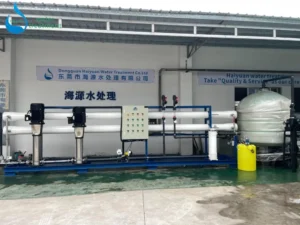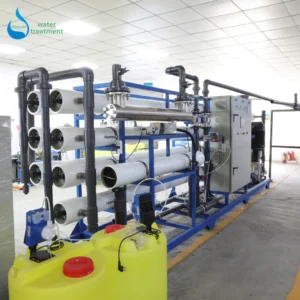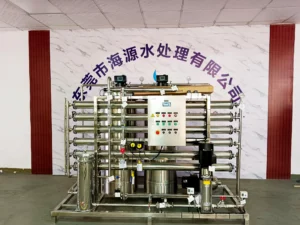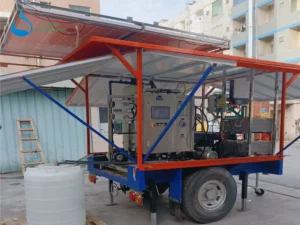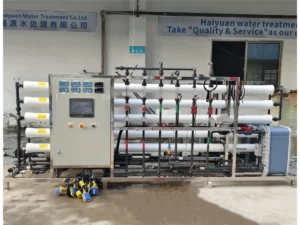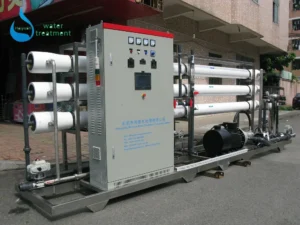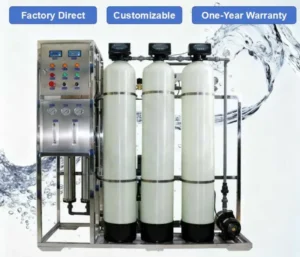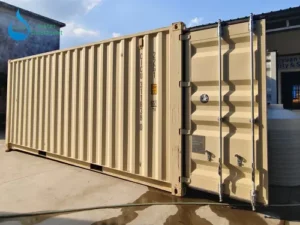Turning Seawater into Freshwater: The Power of Seawater Reverse Osmosis System
On a small island resort in the Indian Ocean, the crystal-clear waves look inviting, but drinking the water? Impossible. The salt content is so high that it would dehydrate the body instead of quenching thirst. This is where a seawater reverse osmosis system becomes the lifeline, quietly working behind the scenes to turn seawater into safe, fresh, great-tasting water for guests and staff.
For coastal communities, offshore platforms, or industrial plants near the sea, access to reliable freshwater can be a daily challenge. Transporting bottled water is expensive and unsustainable, while rainwater collection depends entirely on the weather. The answer for many is a robust SWRO desalination system that can deliver thousands of liters of pure water every day, no matter the season.
What Is a Seawater Reverse Osmosis System?
A seawater reverse osmosis system is a water treatment technology that uses a high-pressure pump to force seawater through semi-permeable RO membranes. The membrane filters out salts, minerals, and impurities, producing fresh water while discharging concentrated brine back into the sea.
Compared with traditional thermal distillation, SWRO systems are more energy-efficient, compact, and easier to maintain.
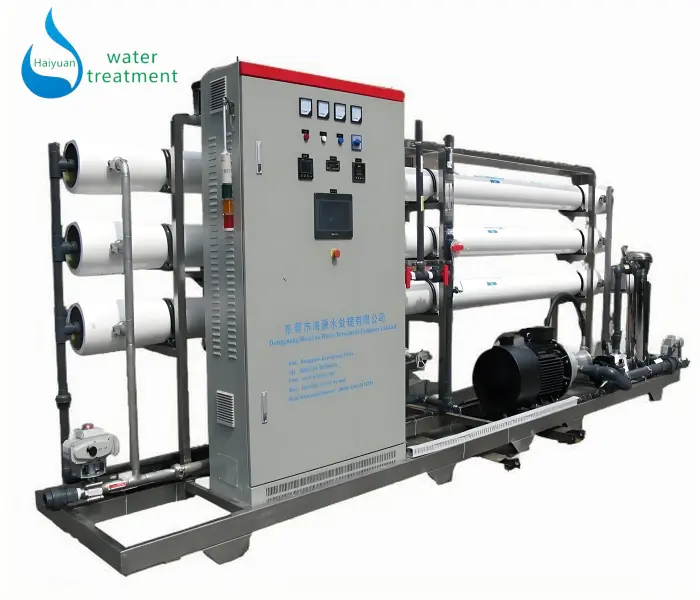
Why Businesses and Communities Rely on SWRO Technology
Modern seawater RO systems are designed to run efficiently even in harsh marine environments. Built with corrosion-resistant materials, they handle seawater with TDS levels up to 45,000 ppm, delivering a salt rejection rate of over 99%.
Hotels use them to ensure every guest can enjoy clean showers and safe drinking water. Shipping companies install compact marine RO units so crews never run out of fresh water during long voyages. Even remote mining sites use containerized SWRO plants to keep operations running smoothly far from any natural freshwater source.
How It Works
-
Pre-filtration – Removes suspended solids, silt, and large particles to protect the RO membranes.
-
Chemical Dosing – Anti-scalant chemicals are added to prevent scaling and fouling.
-
High-Pressure Pump – Pressurizes seawater (typically 800–1000 psi) to overcome osmotic pressure.
-
RO Membrane Filtration – Separates fresh water from concentrated brine.
-
Post-treatment – Adjusts pH, adds minerals, or disinfects to meet drinking water standards.
| Component | Description |
|---|---|
| Raw Water Tank (provided by customer) | Stores the incoming seawater before the treatment process begins. |
| Raw Water Pump | Boosts the pressure of the incoming water for pre-treatment. |
| Multimedia Filter | Removes large particles, suspended solids, and turbidity to protect downstream equipment. |
| Anti-Scaling System | Injects anti-scalant chemicals to prevent scaling on RO membranes. |
| 5μm Precision Filter | Filters out particles larger than 5 microns. |
| 1μm Precision Filter | Further filtration to remove fine particles down to 1 micron. |
| High Pressure Pump | Increases pressure to drive water through the RO membranes. |
| RO Membranes | Perform desalination and filtration, removing up to 99% of dissolved salts and contaminants. |
| RO Main Unit | Houses the RO membranes, pressure vessels, and related components. |
| Product Water Tank (provided by customer) | Stores the treated water for distribution or further use. |
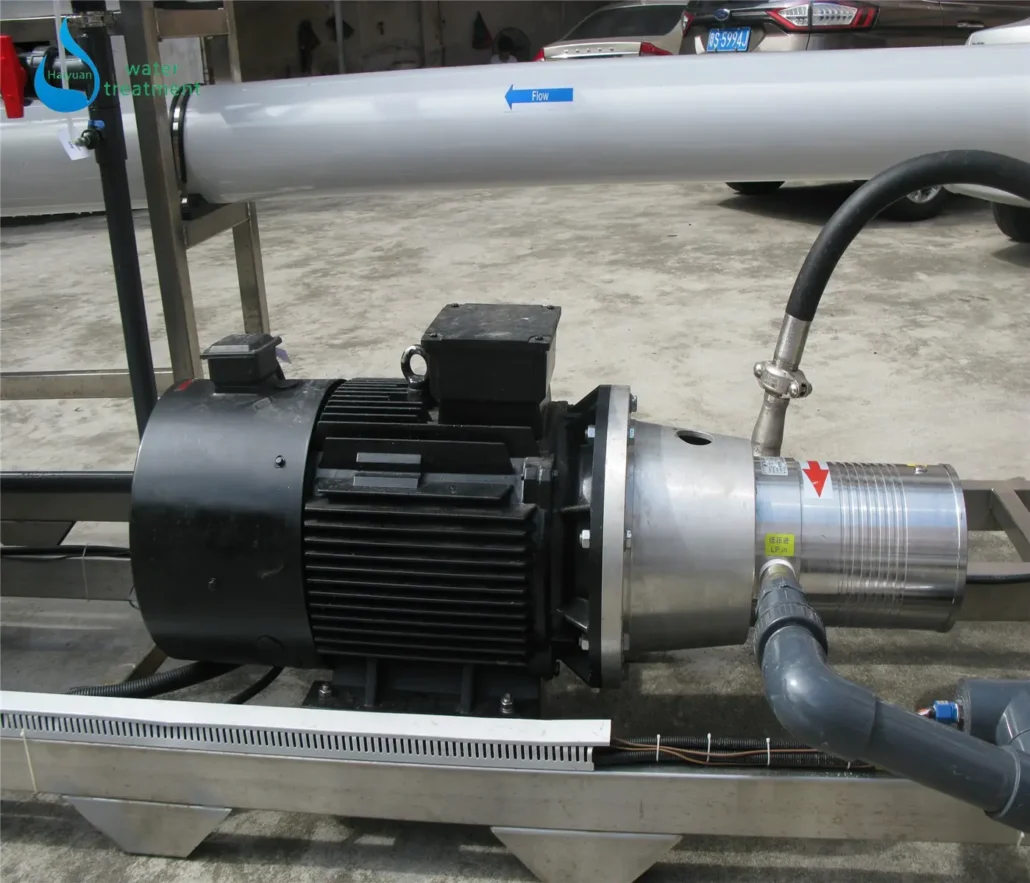
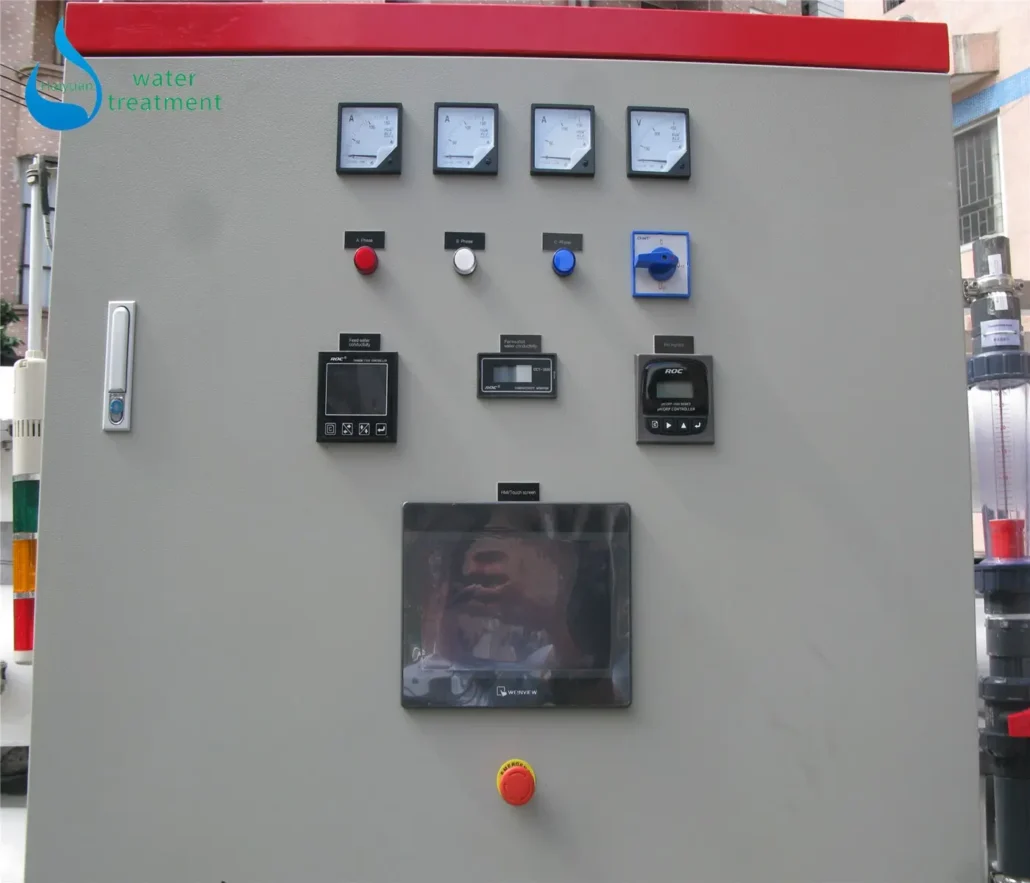
Advantages of Using Seawater Reverse Osmosis System
-
High Salt Rejection Rate – Removes up to 99.7% of dissolved salts.
-
Energy Efficiency – Modern systems include energy recovery devices to reduce power consumption.
-
Scalable Capacity – Can be customized from small yacht units to large municipal plants.
-
Reliable in Harsh Environments – Built with corrosion-resistant materials such as stainless steel and FRP.
-
Consistent Freshwater Supply – Operates year-round, unaffected by seasonal rainfall.
A Smarter Way to Secure Fresh Water
Today’s systems are not only powerful but also smarter. Energy recovery devices significantly cut power consumption, making large-scale desalination far more cost-effective than before. Some projects even integrate solar-powered seawater reverse osmosis systems, perfect for sunny coastal areas where grid power is unreliable.
And because these systems are modular, scaling up from a small 5 m³/day plant to a massive 5,000 m³/day municipal supply is straightforward—simply add more units as demand grows.
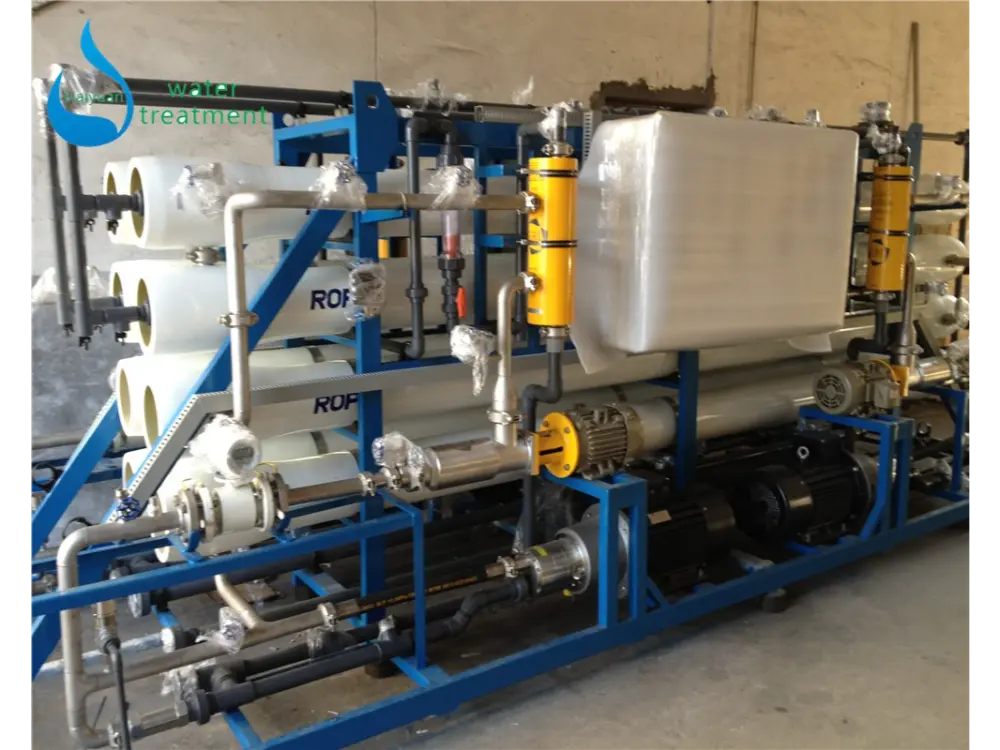
The Containerized Advantage
For sites where space is limited or construction is challenging, Haiyuan’s containerized seawater reverse osmosis system offer a complete plug-and-play solution. Each unit is fully assembled in a 20ft or 40ft shipping container—simply connect the seawater inlet and power supply, and fresh water will be flowing within hours. Designed for easy transport, weather resistance, and a compact footprint, these systems are ideal for tropical climates, coastal regions, and remote locations
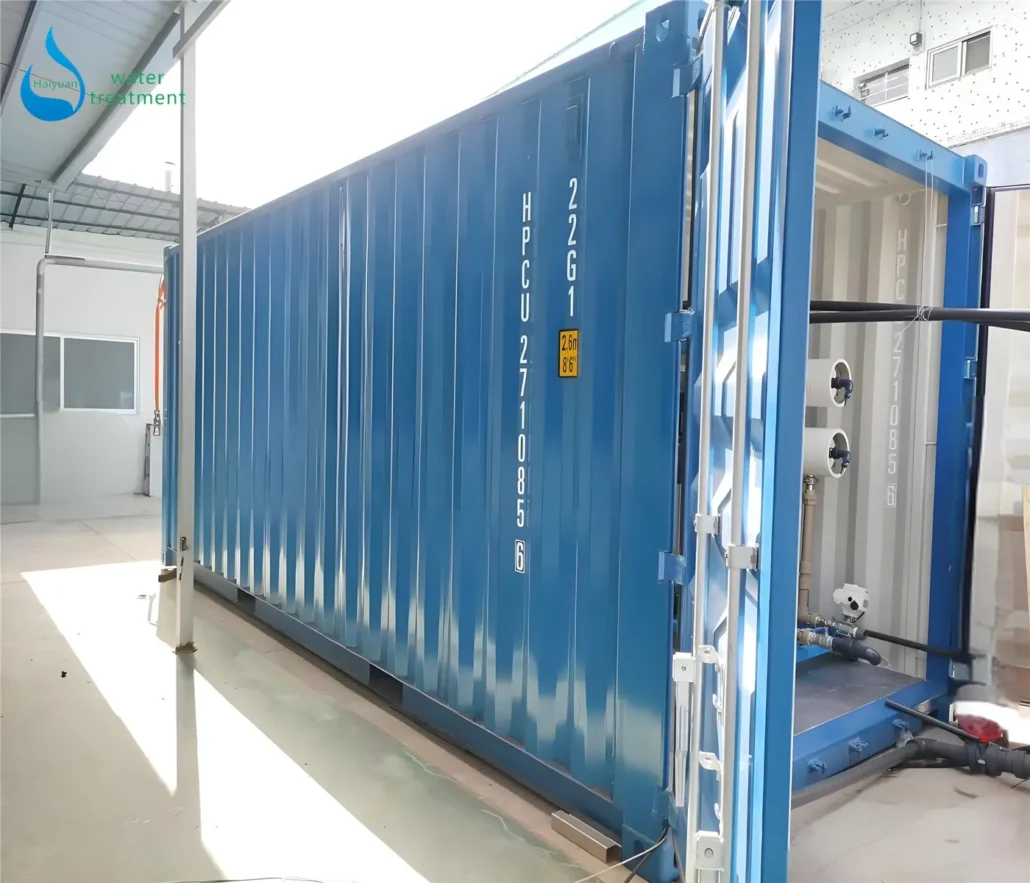
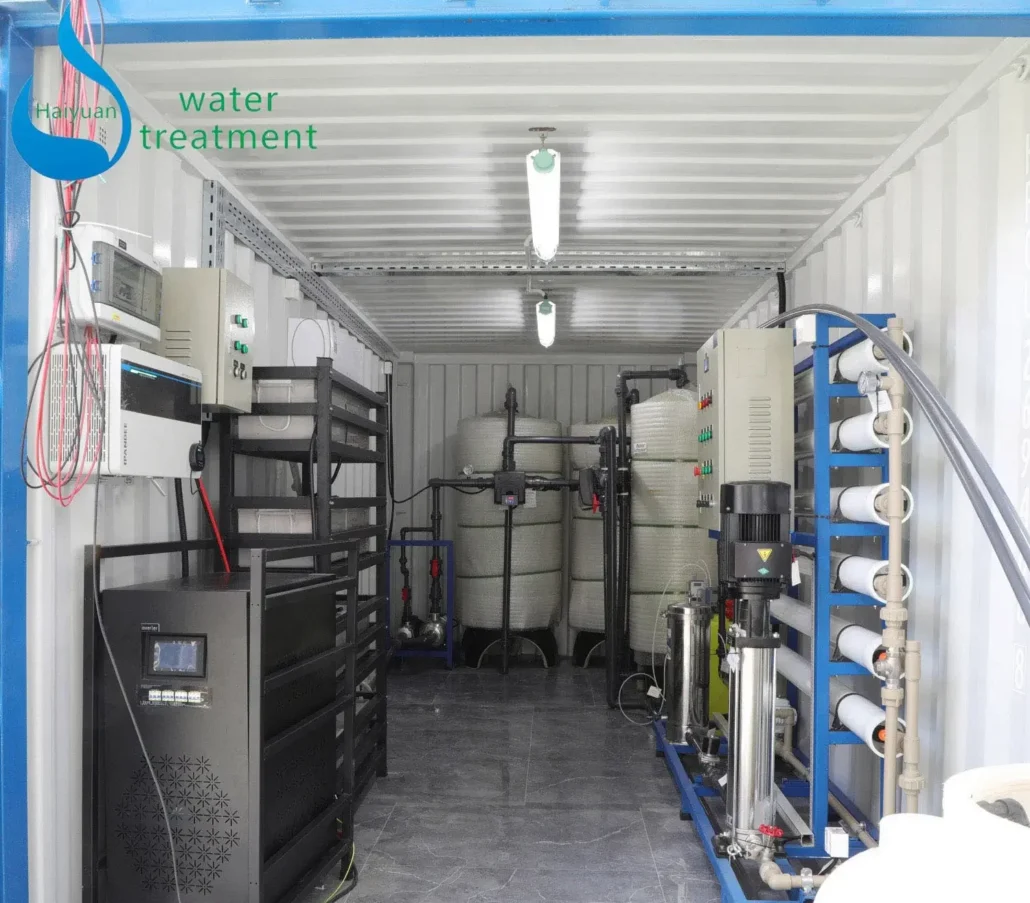
Sustainability and Reliability in One Package
Freshwater scarcity is a global issue, and seawater desalination plays a critical role in the solution. By providing an on-site, continuous supply, seawater reverse osmosis systems reduce the need for plastic bottled water, cut transport costs, and ensure a stable water source in emergencies.
For businesses, it’s not just about water—it’s about security, self-sufficiency, and peace of mind.
Choosing the Right Seawater Reverse Osmosis System
When selecting an SWRO system, consider:
-
Raw Water TDS – Typical seawater TDS is around 35,000 ppm.
-
Capacity Requirements – From 50L/hour to over 50 m³/hour.
-
Power Source – Diesel, electric grid, or solar-powered options.
-
System Type – Skid-mounted, containerized, or mobile trailer units.
-
After-Sales Support – Availability of spare parts, membranes, and maintenance services.
Haiyuan can specializes in customized seawater reverse osmosis systems tailored to your specific water treatment needs.
If you have any needs, please click here to contact us directly.

